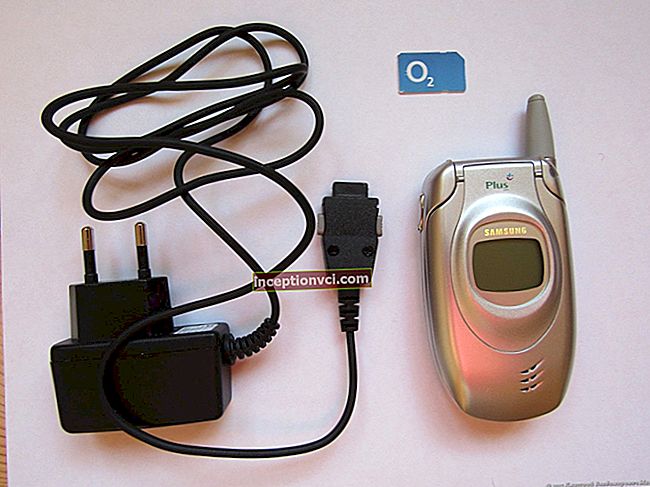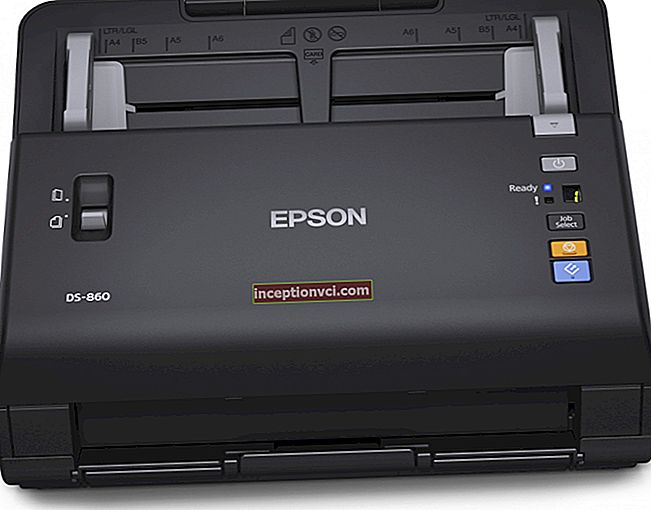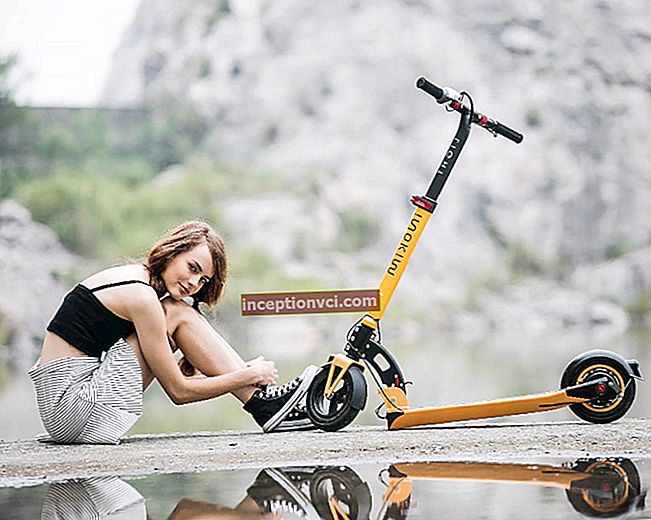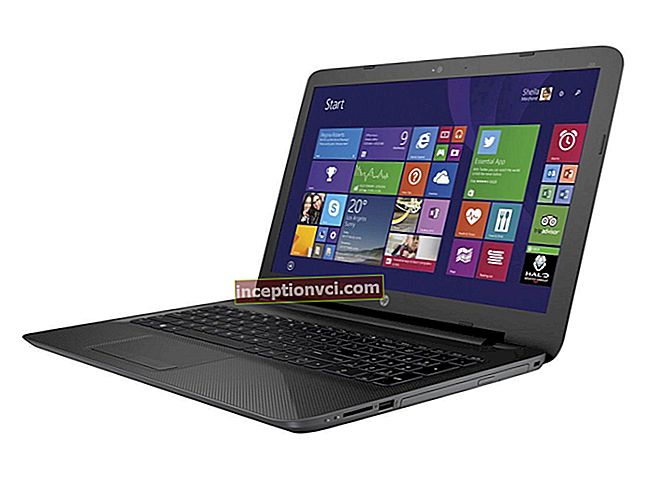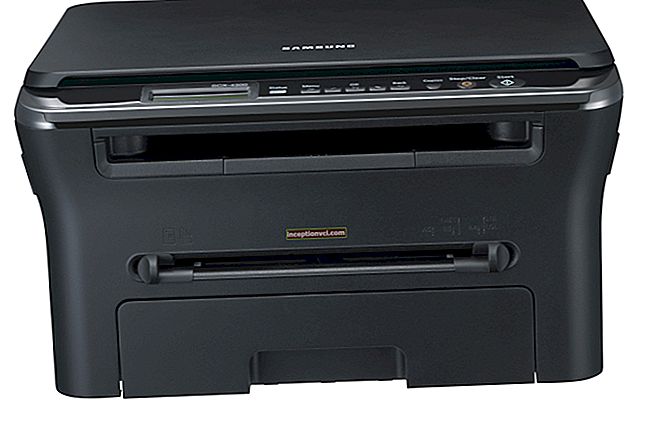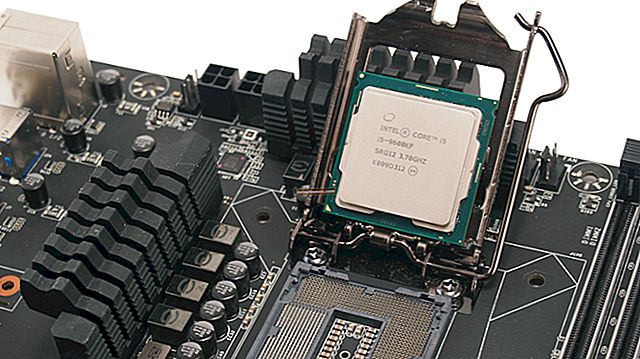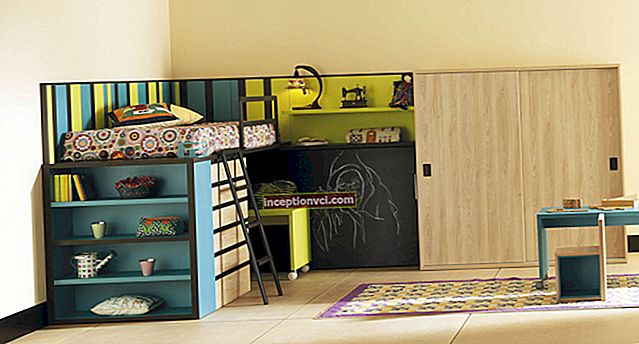The miser pays twice, the stupid three times. Consider important points before buying a bike at a bargain price.

According to the specialists of the manufacturer of aerosol lubricants for bicycles Nanoprotec, all bikes are divided into amateur, semi-professional and professional.
- Amateur ones are designed "for the home, for the family." This is the best bike choice for a beginner who doesn't know how to choose his first one. The advantages of transport are design versatility and reasonable price. It is enough to keep the bike clean and lubricate the chain and components regularly. You can view the care products on the Nanoprotec website. Cons - frequent breakdowns that you can fix yourself. Spare parts are sold in any specialized stores and markets.
- Semi-professional models are of better quality, but they also cost more. Suitable for those who love challenging cycling trips.
- For athletes, professional vehicles are sold, which can cost as much as an average car. Maintenance of such citybikes is also expensive.
Which bike to choose to combine romance with heroism
All bikes are conventionally divided into mountain and city (highway). To choose a good bike, match your expectations with its capabilities.

- mountain pass perfectly off-road. Due to the reduced diameter of the wheels covered with "indestructible" rubber, they easily "take" ascents in the mountains and do not skid along forest paths. Mountain bikes overcome bumps of country roads and potholes of broken asphalt with equal success;
- lightweight city bikes with narrow tires and large wheels are suitable for riding on asphalt streets. They differ in the type of frame, which is closed (for men), open (for women) and folding (to save space).
Types of bicycles
Let's figure out which bike will be more comfortable for you to ride.
Mountain bike
It is equally easy to rush along city roads, over rough terrain and mountain trails. But it will not work to develop high speed, because the large reinforced structure and wide tires with pronounced tread. But there will be no shaking: mountain models are equipped with front and rear shock absorbers.
By design, mountain bikes are divided into several subspecies.
Downhill (English downhill - downhill)
Designed for high-speed descent from the mountains. It is a two-suspension model with a sturdy frame, long-travel forks and rear suspensions with travel up to 200-240 mm.
"Pros":- powerful disc brakes: withstands loads when driving at high speeds on difficult trails.
- one but big leading star: for ease of driving downhill and downhill.
- heavy: weighs 20 kg or more;
- expensive: Complex frame design and high reliability requirements make it overpriced.
Cross-country (English cross-country - straight)
The model is designed for races on rough terrain with descents and long climbs.

"Pros":
- lightweight and durable frame: with one or two pendants,
- contact pedals: they fix the leg,
- disc or rim brakes.
Freeride (English free ride - free ride)
Good for those who prefer to drive on difficult, sometimes artificially constructed tracks with natural and artificial obstacles. This model “with a bang” copes with overcoming steep slopes, with jumps at speed, and easily maneuvers along narrow winding paths laid along steep slopes or along bridges.

"Pros":
- lightweight durable frame,
- long travel at the front and rear suspensions,
- powerful disc brakes.
MTB bicycles (English all-round MTB - general purpose)
Touring models are intended for cyclists on good roads and off-road.Hardtails provide a high seating position that does not stress the arms. Usually there is the possibility of installing additional equipment - fenders, trunk, footrest, etc.

"Pros":
- are in demand: there are models with closed (male) and open (female) frames,
- average price,
- installation of additional equipment is provided - fenders, trunk, support, etc.
Road bike
Designed specifically for high speed driving on smooth asphalt roads. It differs from other bicycles in a special design of the handlebars, similar to "ram's horns". The curved handlebar makes it easy to change your grip when your hands get tired.

"Pros":
- low and stretched fit for improved aerodynamics,
- transmissions with low gear ratios,
- light but rigid frame,
- narrow high-pressure tires.
"Minuses":
- no shock-absorbing suspensions are used. They are heavy and slow down when pedaling vigorously.
City bike
Designed for comfortable riding on asphalt streets. Distinctive features - large wheels (28 ', 622 mm), tires of medium thickness and foot brakes. In most cases, it is equipped with fenders, a trunk, various useful "chips" and even equipped with electrical equipment.
"Pros":
- high waist: allows you to sit up straight without straining.
- wide saddle: promotes relaxation,
- practical: wear mechanisms are hidden inside,
- safe: Manufacturers often install chain guards and foot guards in the spokes.
Bicycle motocross or BMX
Chosen for cycling. Compact models are not designed for normal driving, but for stunts and races on artificial obstacles. They are equipped with 20-inch wheels with 48 spokes and pegs - special stops at the ends of the wheel axles.

"Pros":
- special mechanism: the steering wheel rotates in one direction and does not twist the brake cables.
"Minuses":
- not designed for a comfortable ride.
Bicycle size or how to choose according to height
It is not so easy to find a city bike for your height. But it is better to prepare for the purchase than to sit in the wrong saddle.
How to choose a bike for your height:
- Decide on the type of bike.
- Measure the length of the inner leg.
- Calculate "your" frame size by multiplying the length of the inner leg by:
- 0.635 - for road racing;
- 0.226 - for mountain;
- 0.66 - for tourist.
(To convert inches to centimeters, multiply by 2.54).
The frame should be 4-5 cm below the inner surface of your leg - when braking, you can easily jump off the bike and not get injured.
Selection of a bike by height and parameters (table)
| Human height, m | Frame size | |||||||
| Mountain bicycle | Track bike (for track racing) | Road bicycle | Highway bicycle | |||||
| 1, 65 | 41-44 | 46-48 | 48-50 | 50-52 | ||||
| 1,70 | 44-46 | 48-50 | 50-52 | 53-55 | ||||
| 1,75 | 46-48 | 50-52 | 52-55 | 55-57 | ||||
| 1,80 | 48-50 | 52-55 | 56-58 | 57-59 | ||||
| 1,85 | 48-50 | 56-58 | 59-60 | 59-61 | ||||
| 1.90 and more | 52-54 | 58-61 | 60-64 | 61-64 | ||||
How to choose the right bike: which one is best for the city
To confidently "hold" the road, choose an adult city bike with disc brakes. Hydraulic or mechanical - it doesn't matter. They are more effective than leg and rim ones, and are not afraid of the vagaries of the weather.
On a bicycle for women, the frame must be open. The girl on it will look romantic. Without the top bar it is much easier to sit down and jump off, and you can ride in a dress without false modesty, without worrying to "light up" your hips.
Large wheels of a hardtail (a variant of an urban SUV) will help to master the route in one go. Depending on the model, they range in diameter from 20 to 29 inches. Wheels with a smaller diameter are more maneuverable and manageable, with a larger one it is easier to overcome obstacles on the road.
If you like to travel out of town often, you need a tourist bike. Choosing a vehicle with large wheels, you will pedal less and will be able to develop a decent speed. A roof rack with a full range of camping gear can be stowed onto the sturdy aluminum frame.
How to choose a mountain bike
When choosing a mountain bike with a strong, thick-walled frame, expect excellent maneuverability and maximum safety - this is the answer to the underestimated geometry of the structure and thick tires. The chain drive is designed so that less energy is expended when climbing uphill.
 Citybike hybrid combines the qualities of a mountain and tourist. Suitable for everyday city driving and extreme driving on wild roads with sharp elevation changes.
Citybike hybrid combines the qualities of a mountain and tourist. Suitable for everyday city driving and extreme driving on wild roads with sharp elevation changes.
How to choose a bike frame - which one is better
- Steel frames (from $ 106) are more flexible, provide more maneuverability when cornering, absorb strong vibrations, soften shocks. Such frames are inexpensive, therefore they are most often used in budget models. The biggest drawback of the steel frame is its heavy weight.
- The aluminum frames (from $ 150) are stiffer, they don't sag when going uphill, so the ride feels easy. Aluminum is corrosion resistant and much lighter than other metals. These frames feature a large tube diameter. The minus of the aluminum frame is fragility, it is easier to replace than to repair it. Prices depend on the grade of the alloy. The most expensive is the 7000 mark.
- The carbon frame is 20% lighter than aluminum and 40% lighter than steel. Beginner cyclists do not often find this one because of its high price. Advantages of the hydrocarbon material (carbon): durability, scratch resistance and lightness. It is difficult to break such a frame, but if you succeed, then it will not be possible to repair it.
The frame is one of the main structural elements, but the quality of the brakes, shock absorbers and derailleurs is also important in extreme bikes. Choose great well-known brands: their components are reliable and perfectly perform their functions.
Note: "How to choose a bicycle seat for a child"
Have a nice ride!
Watch the video review of the XLC Thebe rear bike light


